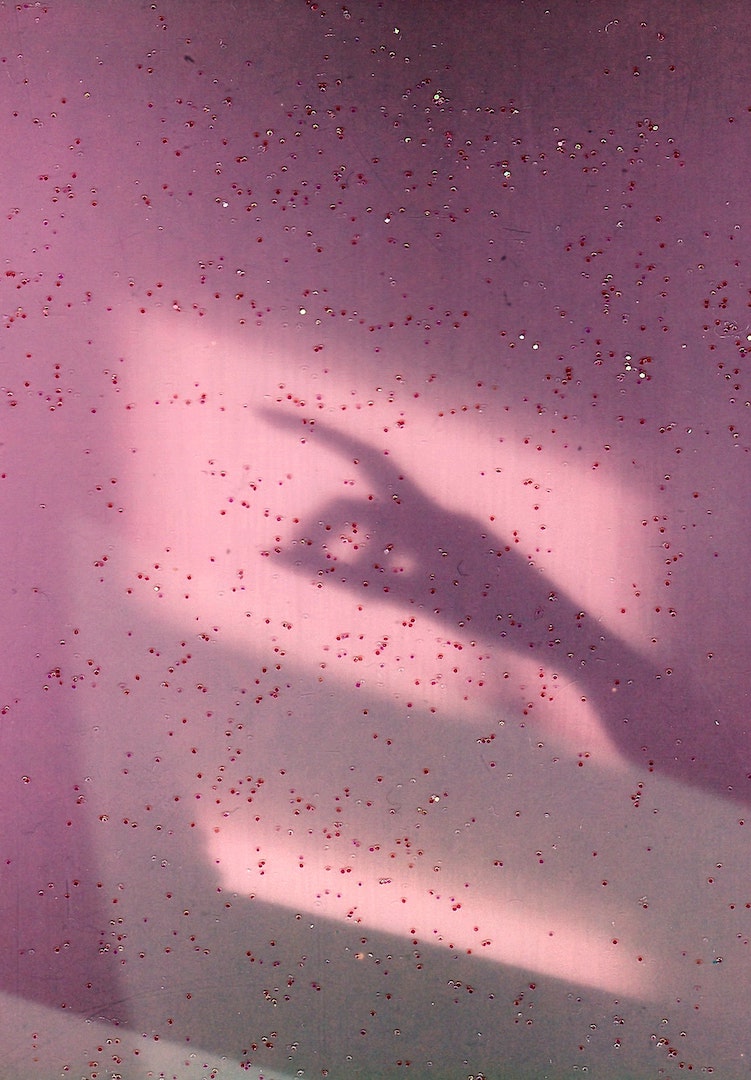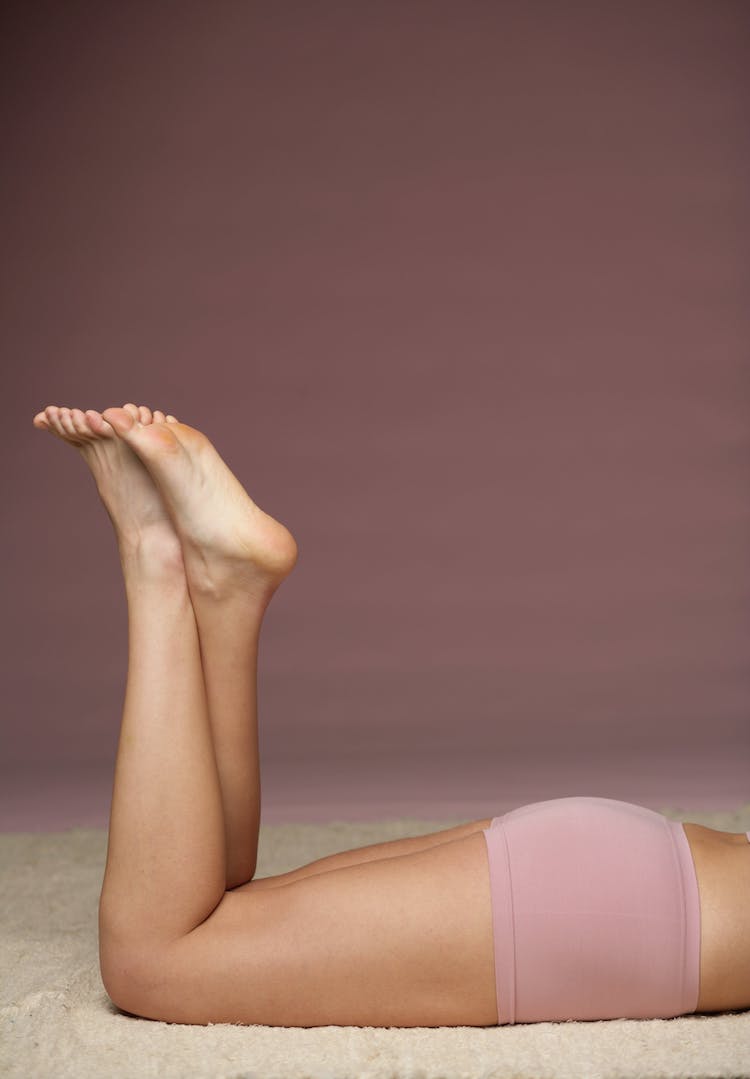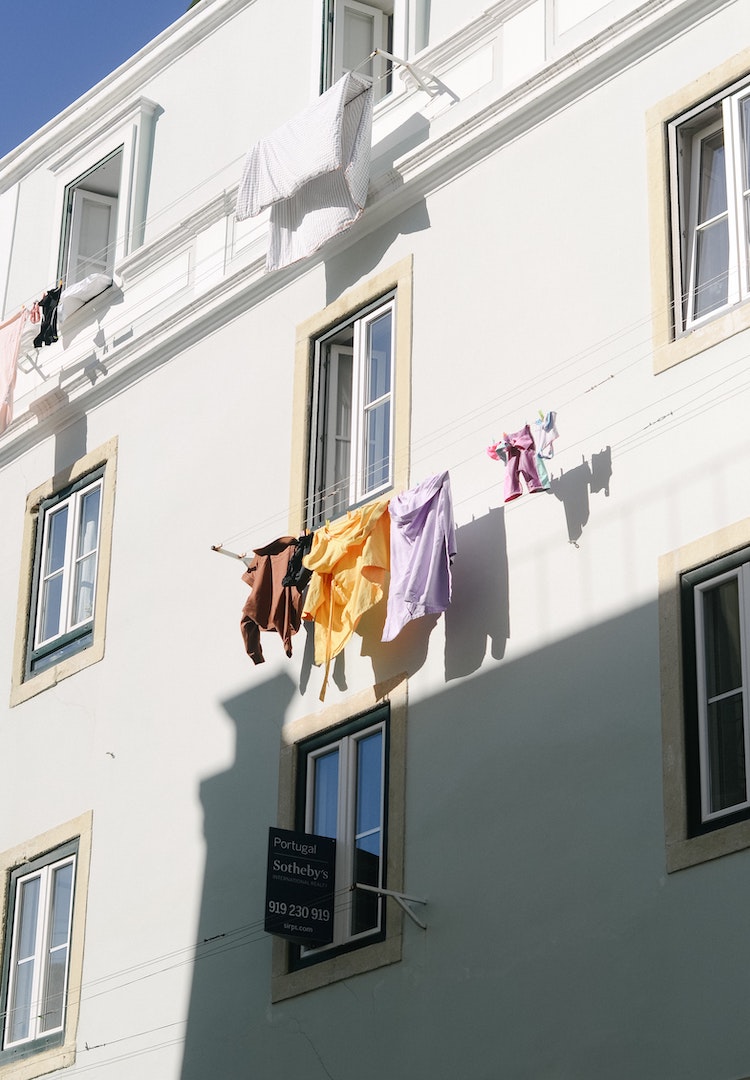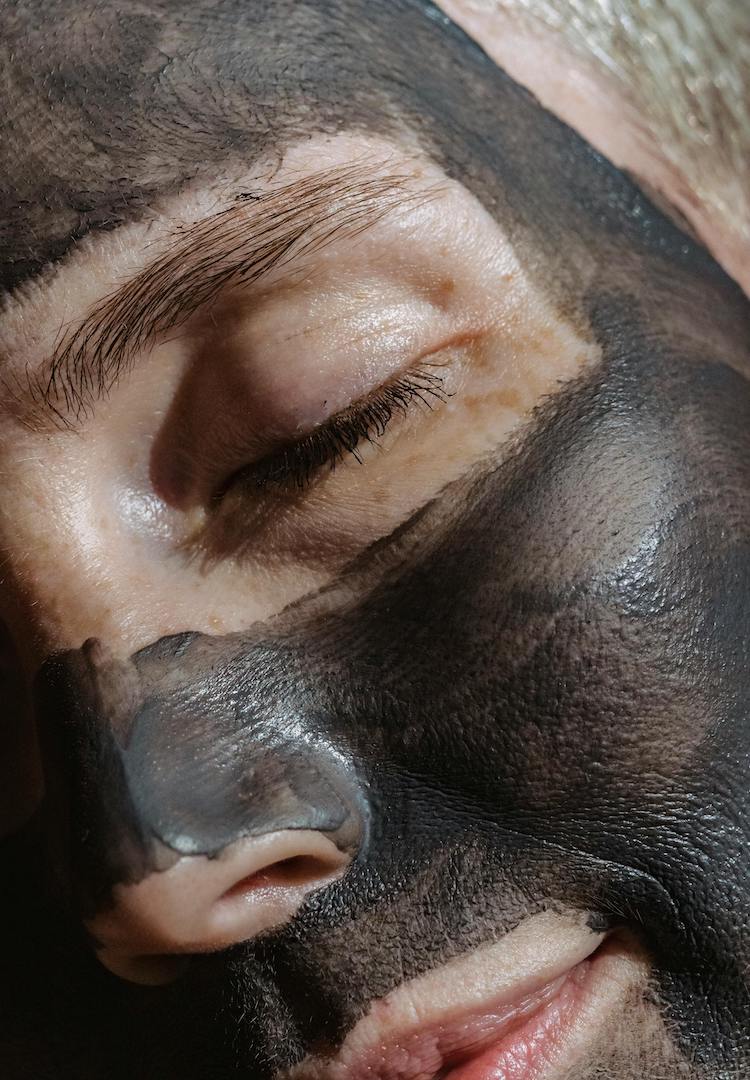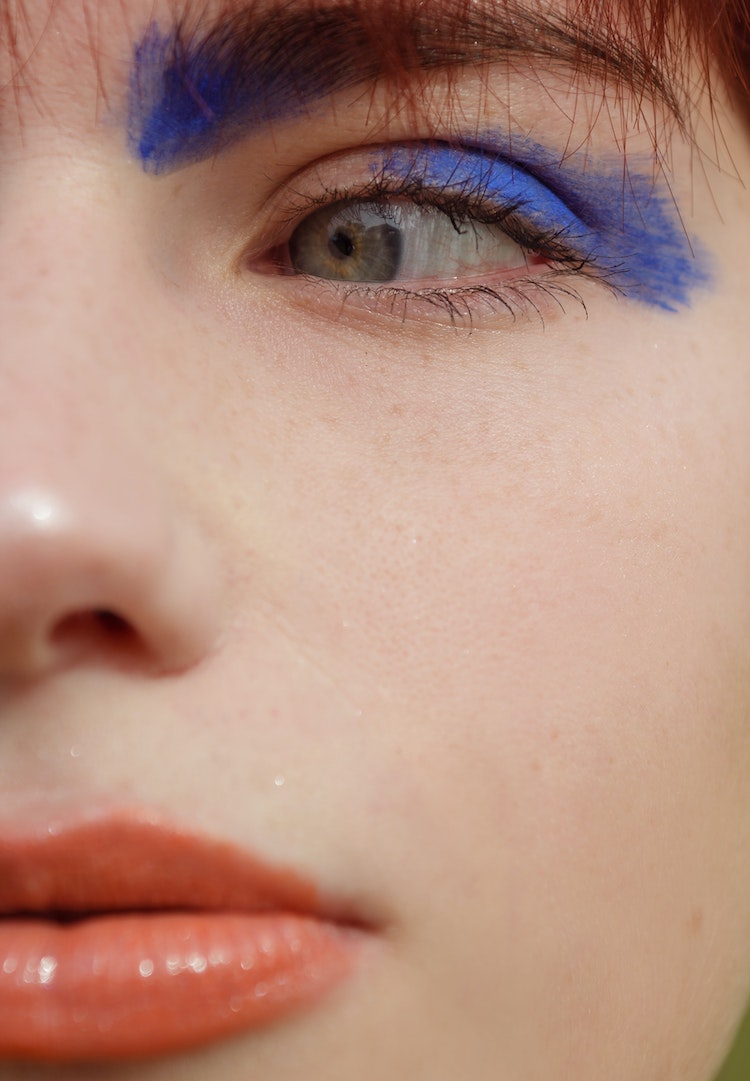Skincare, down there: What’s the deal with female genital dermatology?
WORDS BY HANNAH COLE
Skincare for down there.
I recently stumbled across the term ‘female genital dermatology’ while trawling the internet for women’s health-related queries. My interest was piqued. What does this type of dermatologist deal with, and more broadly, what do we need to be doing to care for the skin down there?
With dermatology relating to the skin, it follows that the female genital specialty addresses the skin on the vulva specifically. However there is some serious overlap with gynaecology at times, and the lines can be blurred as internal issues can lead to external issues, and vice versa.
For more on sex and relationships, head to our Life section.
The conditions you might see a female genital dermatologist for range from rashes and irritations, benign bumps and lumps, eczema, psoriasis, genital warts and chronic thrush.
The cosmetic angle is common too, as Dr Ritu Gupta, Specialist Dermatologist at Platinum Dermatology, points out. Often it’s all the “things people feel embarrassed about” including certain types of skin tags and fibroepithelial polyps (benign lesions).
But what’s ‘normal’ down there? As Dr Ruth Spencer, Women’s Health GP at Jean Hailes’ Vulval Health Clinic, is quick to tell me, there is a wide range. “A lot of women worry that they don’t look normal or that their lips are too big,” she says, noting the Labia Library as an incredible resource with very real, very untouched imagery.
Ultimately, we’re all unique, and, as Dr Gupta notes, “It’s all skin”. But there’s still a stigma attached to seeking assistance and discussing the vulva publicly. Misinformation regarding vulval care and maintenance runs rampant. But awareness and openness lead to acceptance which means these issues become less taboo and more mainstream.
General vulval skin health tips
As with daily teeth brushing, the vulva has its own list of dos and don’ts. If you’re feeling irritated or problem-conscious in the genital area, the first thing to do is pay attention to your self-care routine down there, says Dr Spencer.
First up, hair removal. Going bare might be popular, but there are dermatological issues that can arise from removing pubic hair. “From a medical point of view, the hair that’s in between your legs – not the front, but over your lips – is there to protect the vulva against friction,” she notes. If removed, this useful barrier is lost.
But she’s also realistic. “In an ideal world, women wouldn’t remove their hair, but that’s not likely to hold a lot of sway,” she tells me. Instead, consider leaving the hair on the labia lips and only removing it from the mons pubis as a happy medium.
Cleaning and, more specifically, overwashing, is a huge issue both doctors bring up. Dr Gupta notes that if something is going on down there, we’re quick to assume it’s because we’re dirty or unclean. We wash and scrub and we use feminine hygiene products but these products can impact the genital microbiome, traumatise the skin and impair the natural barrier that fights against infection.
“Keep it simple,” she instructs. Product-wise, opt for non-soap hypoallergenic substitutes like QV, Dermaveen, Cetaphil or Aveeno. Dr Gupta tells me activewear can be a disaster for the skin on our vulvas. Consider this your reminder to get out of the lycra as soon as possible after working out, and if you’re particularly prone to vulval issues, stick to looser, cotton clothing that breathes and do the same for your underwear.
To view the labia library, head here.



